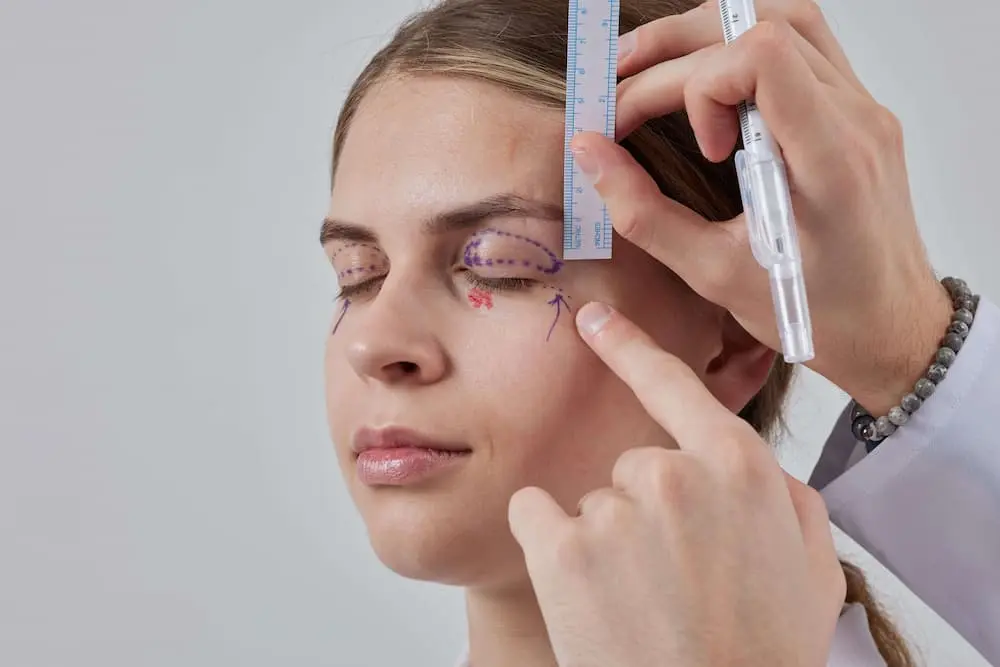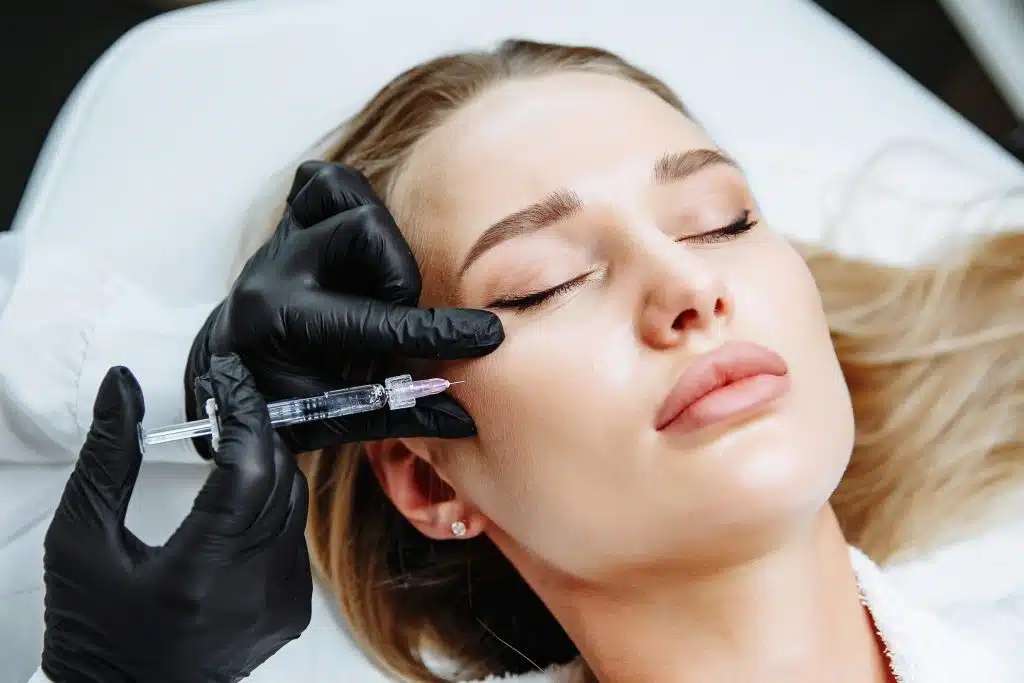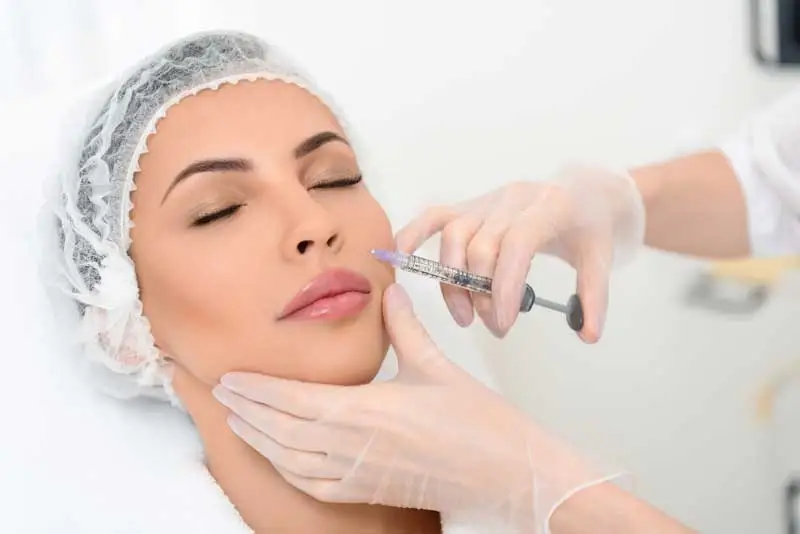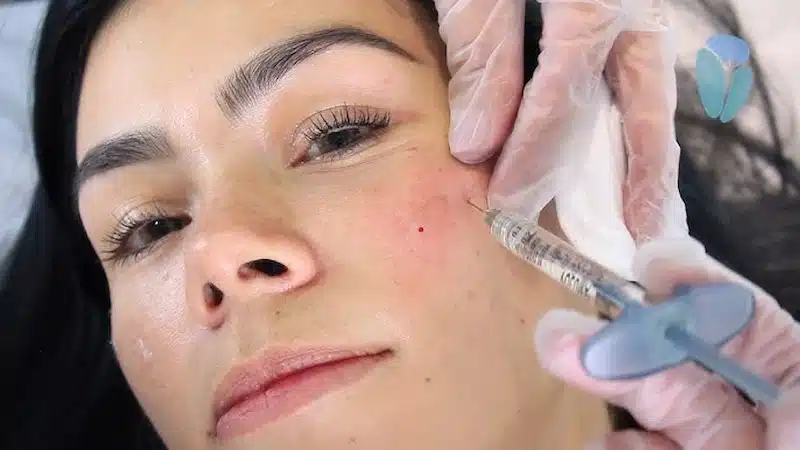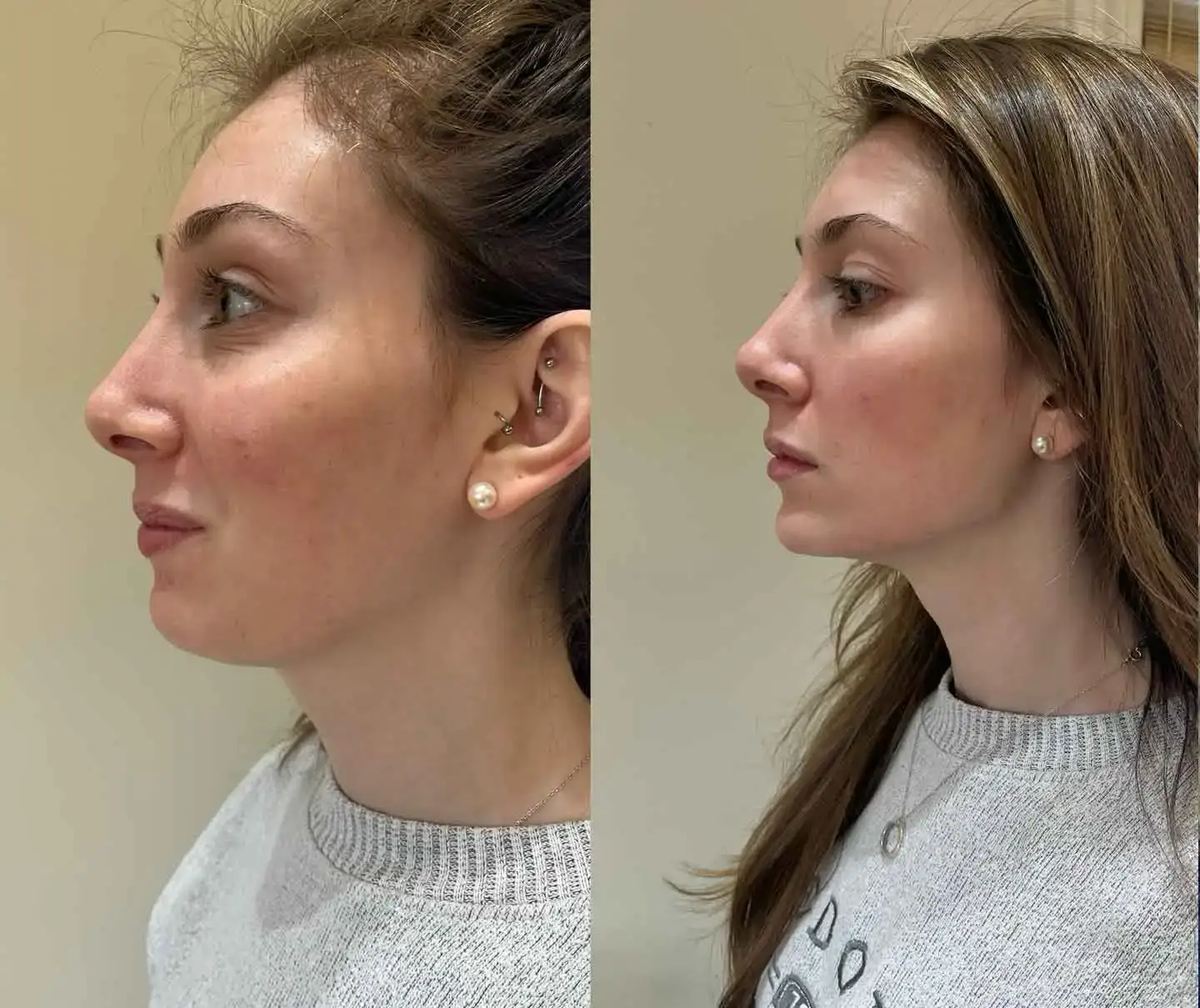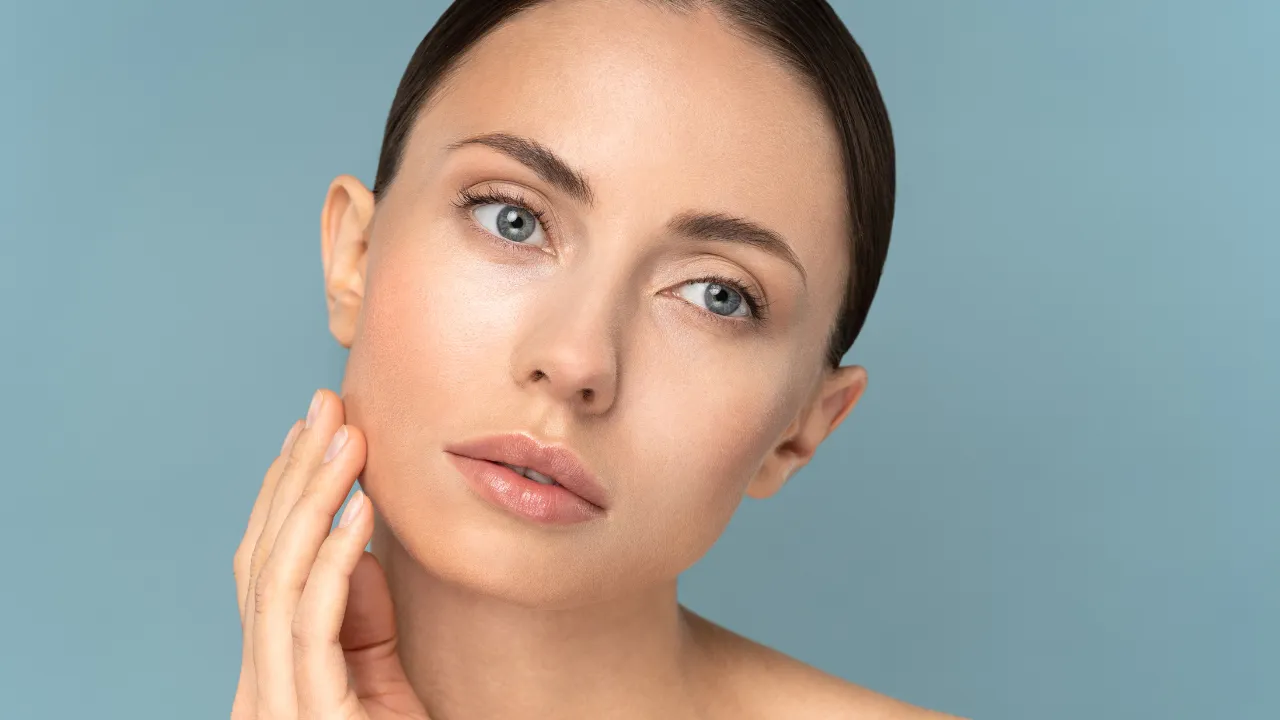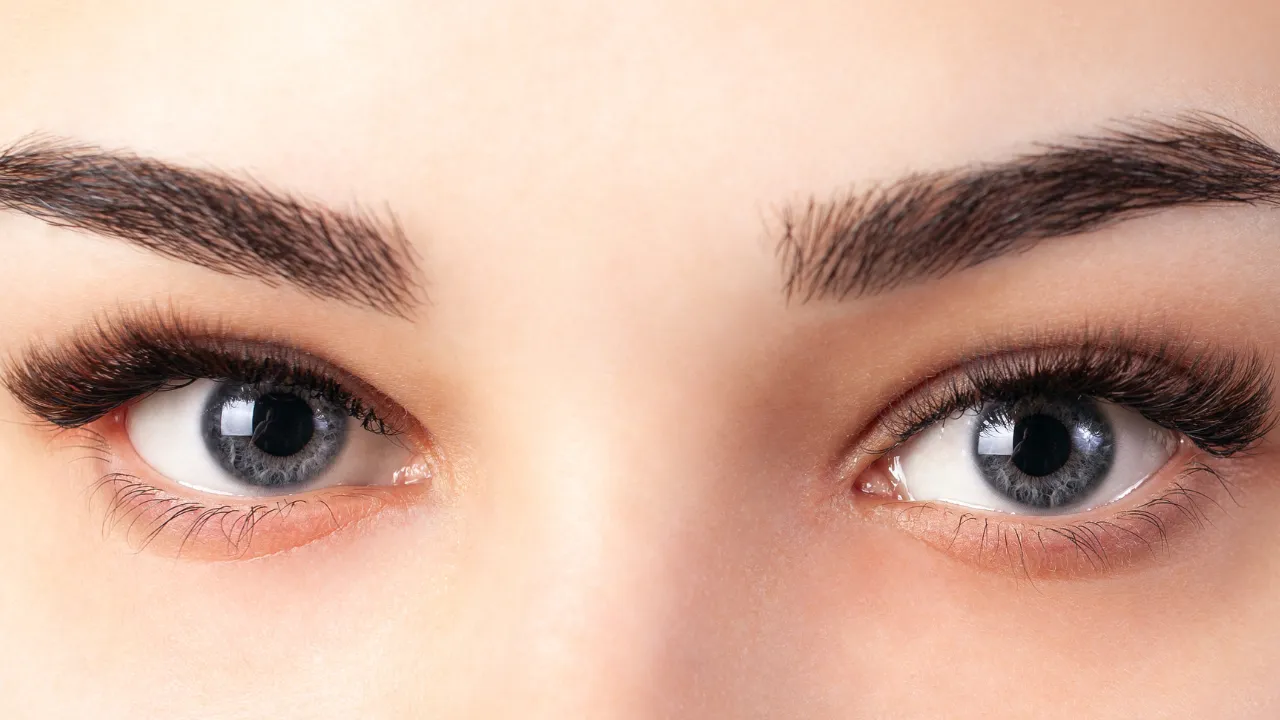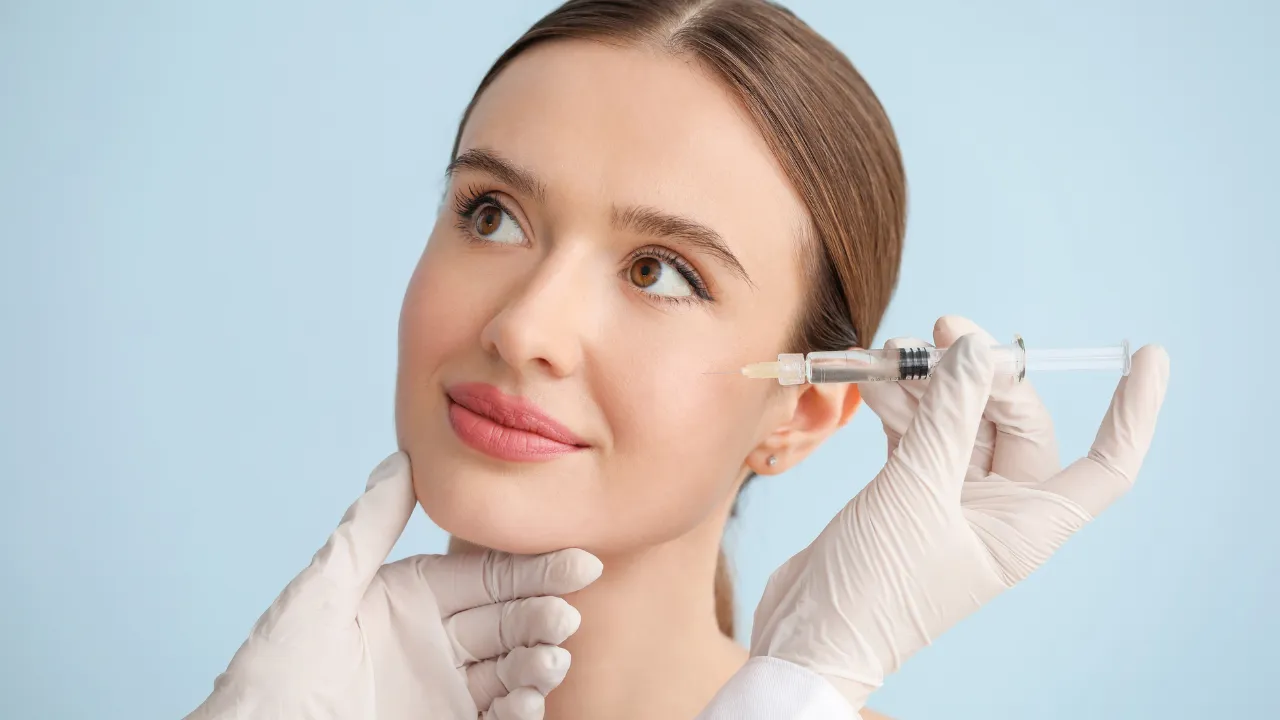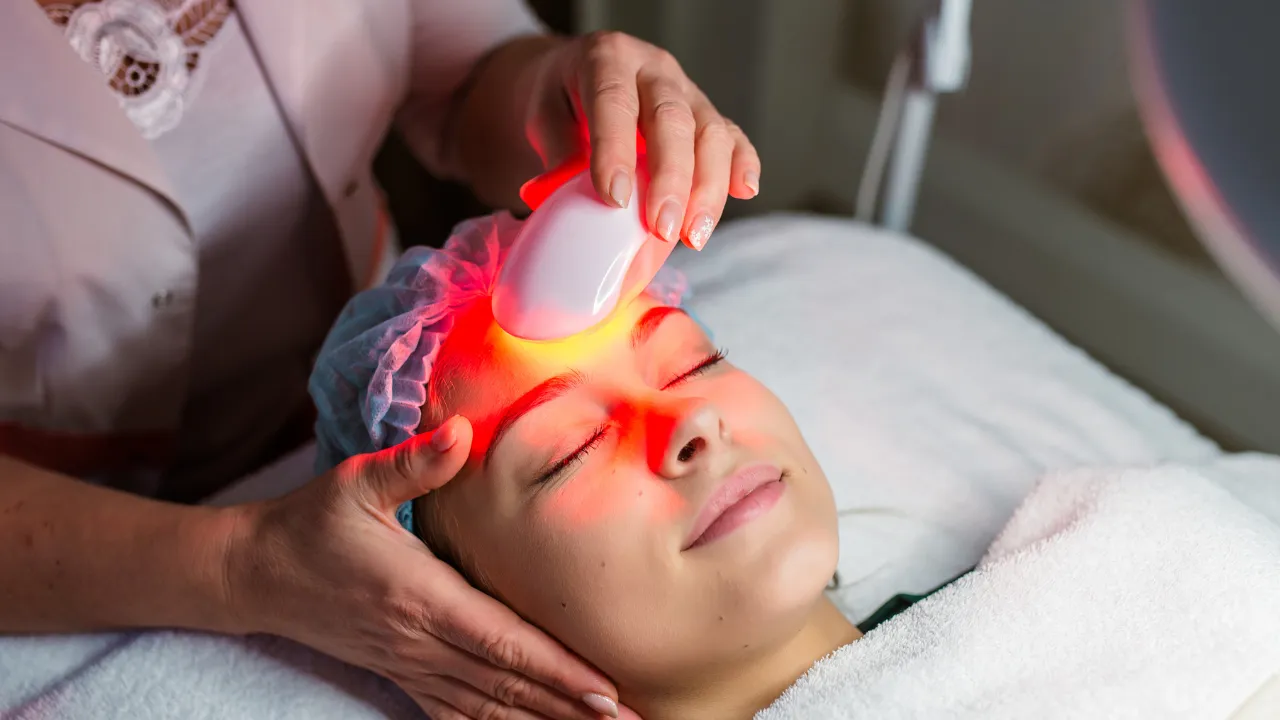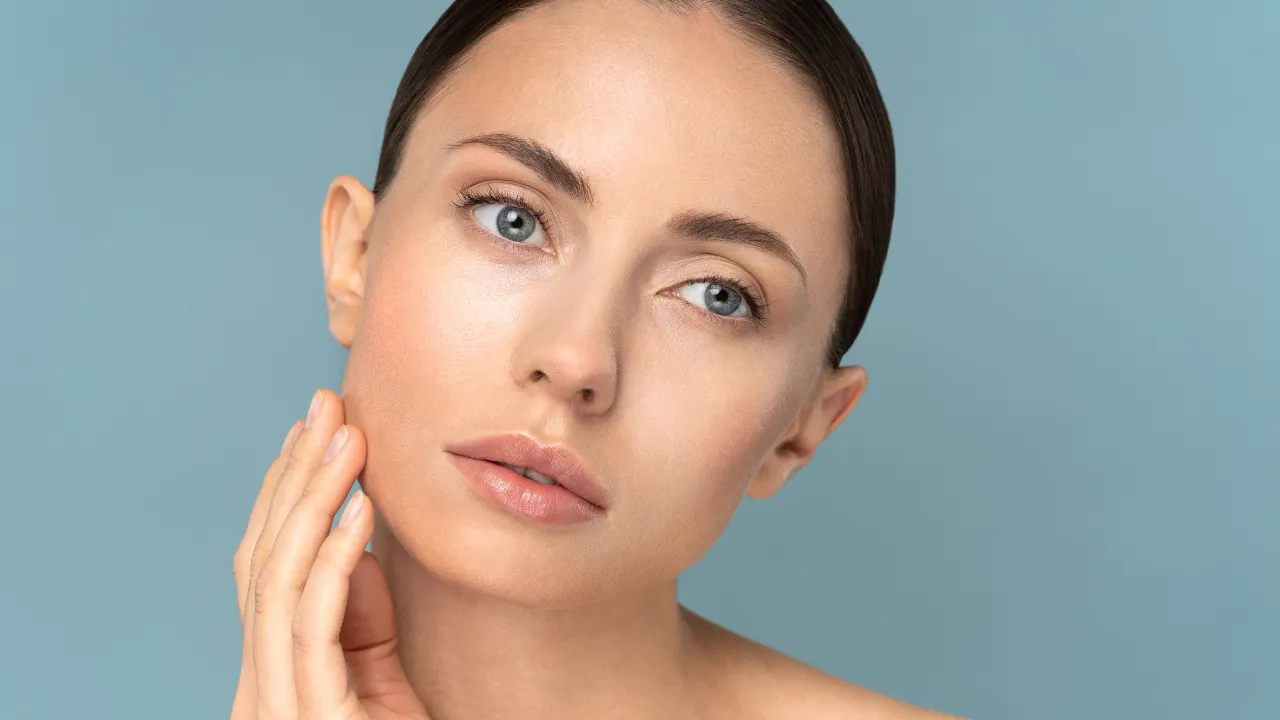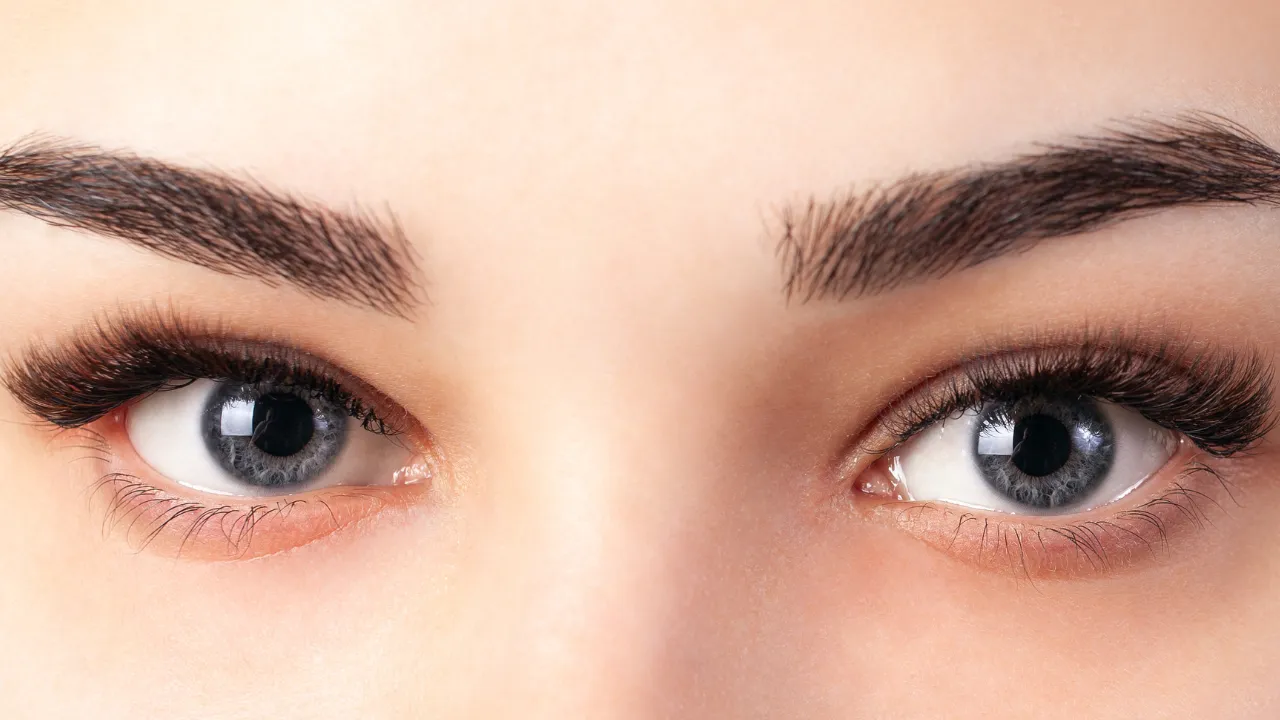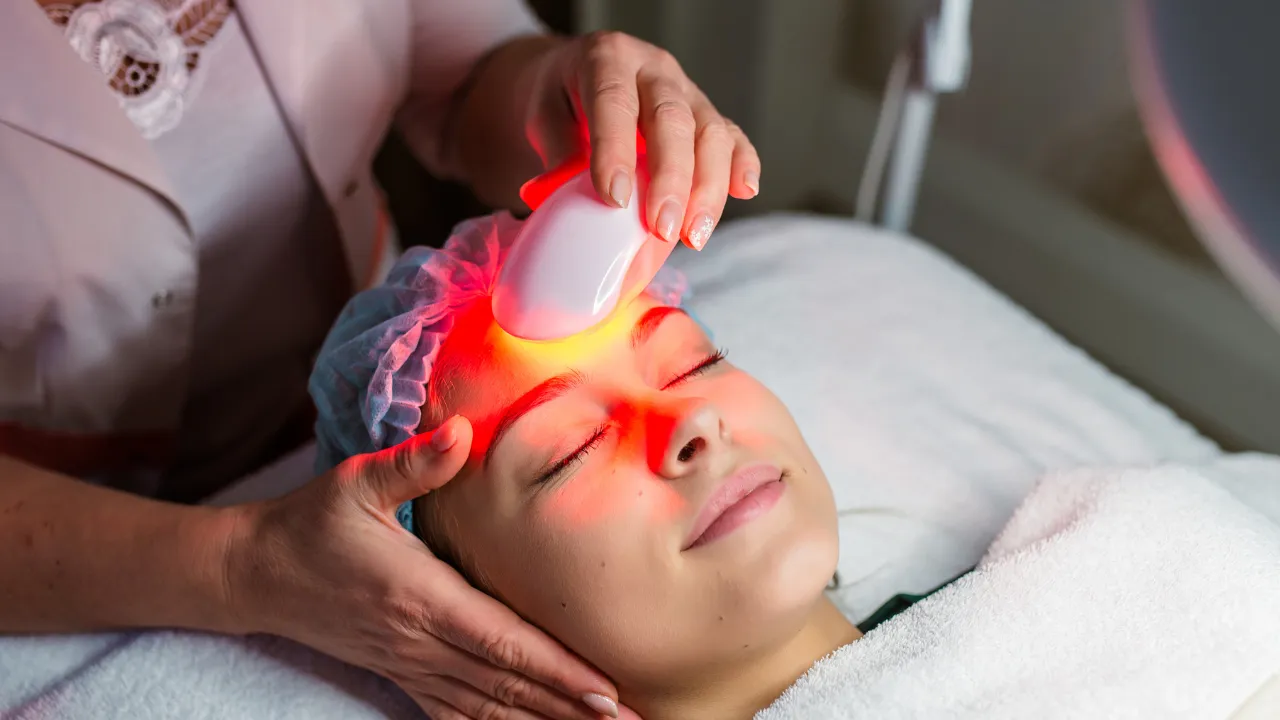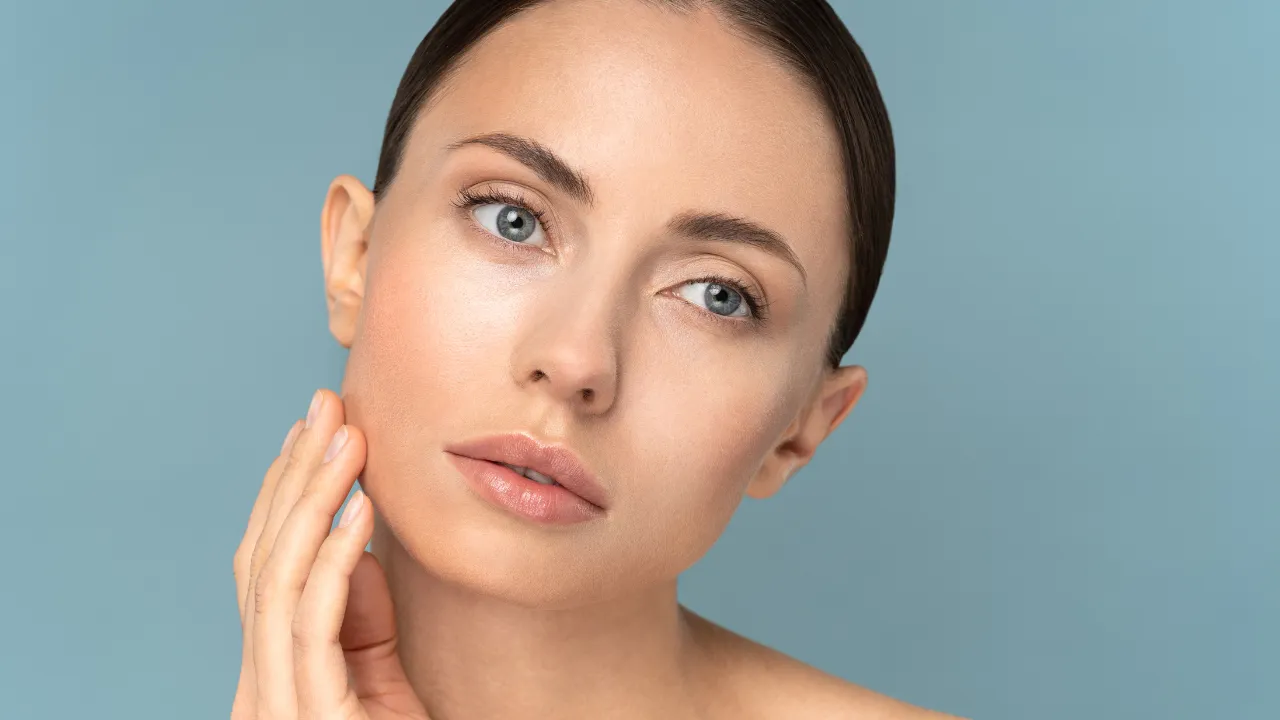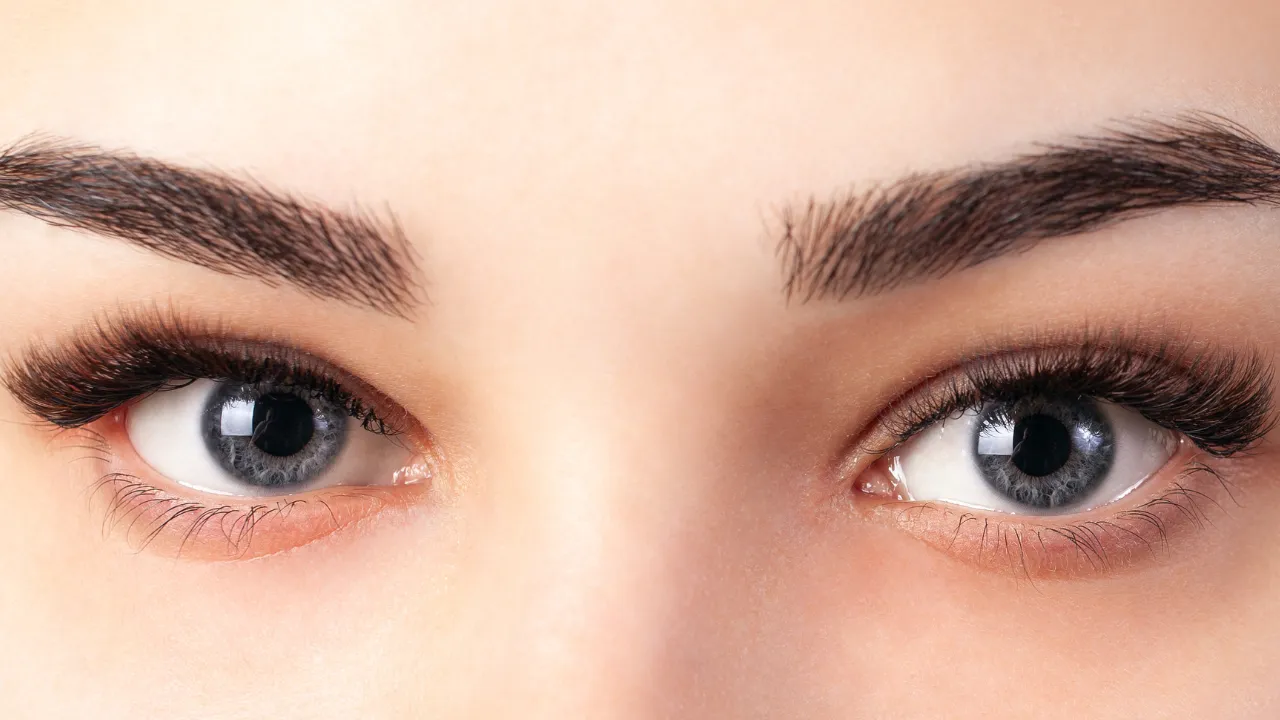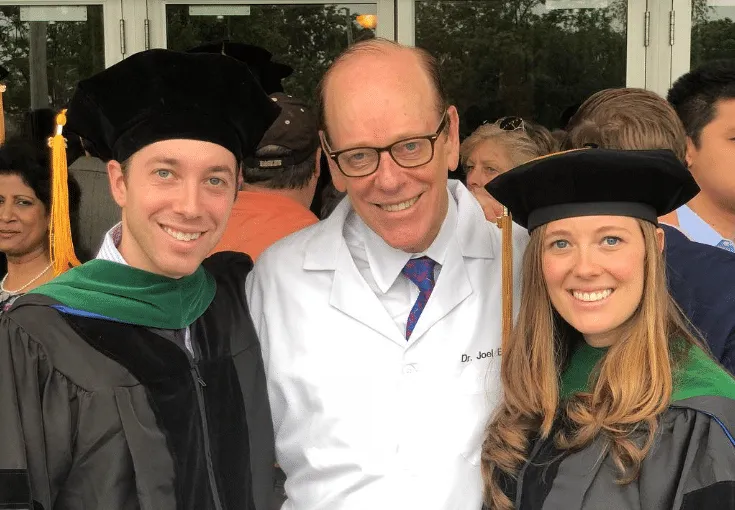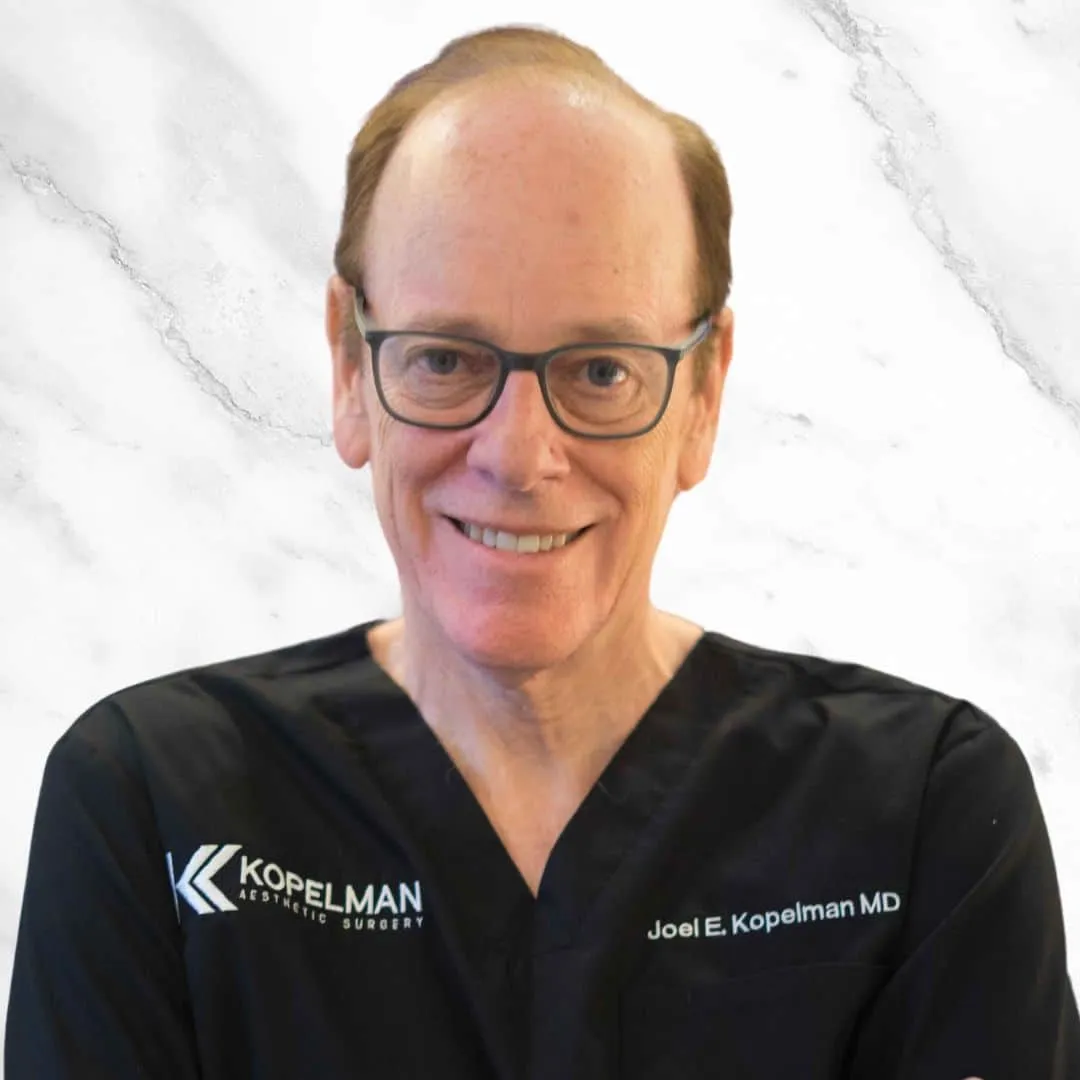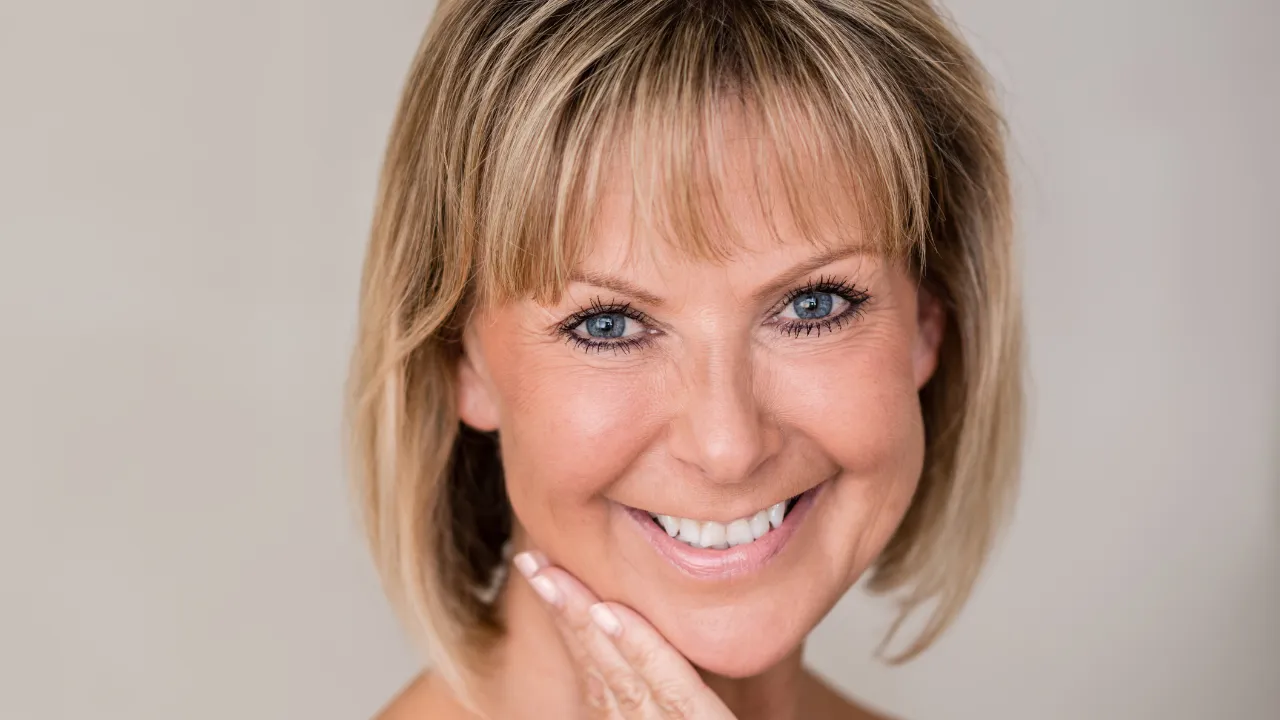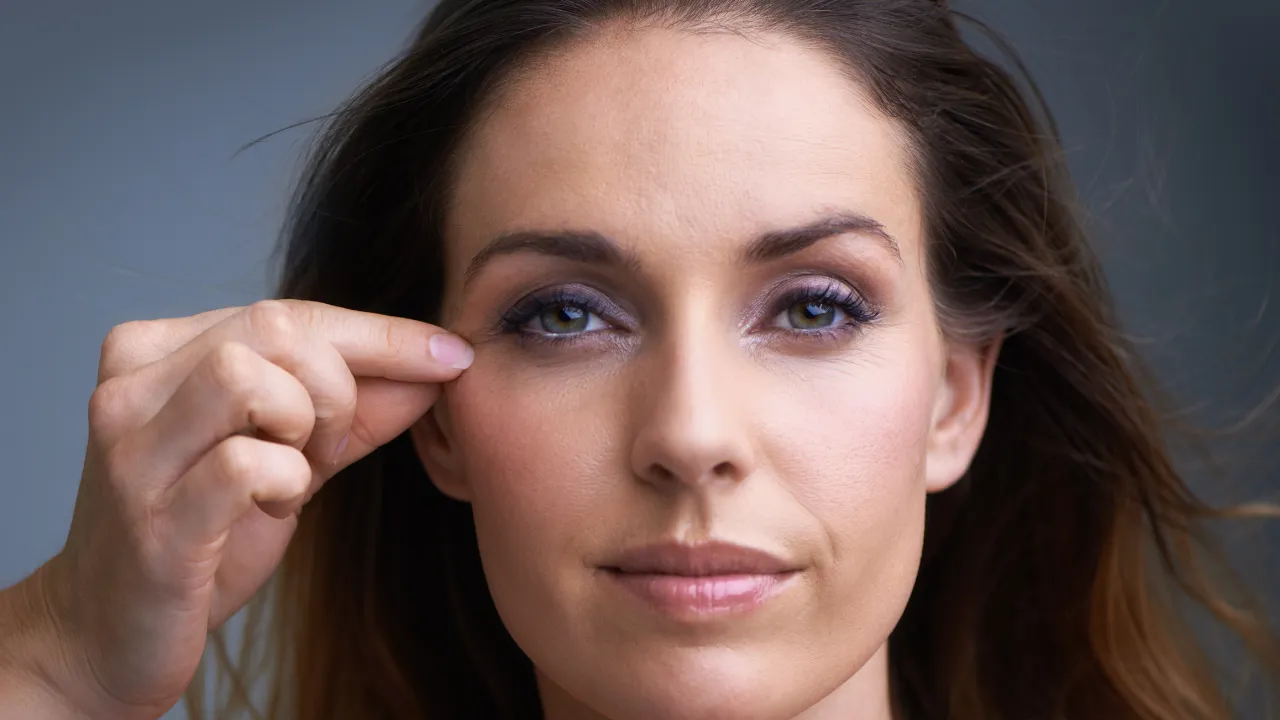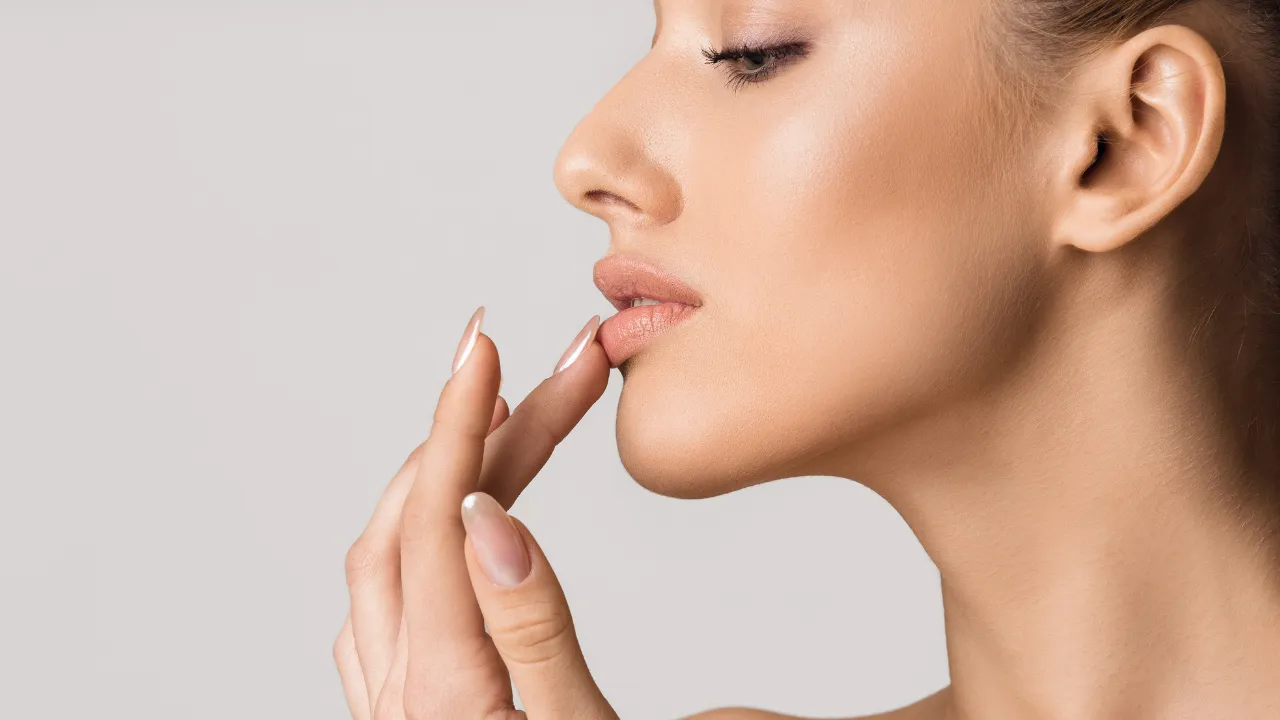Dr. Joel Kopelman, a leading facial plastic and oculoplastic surgeon at Kopelman Aesthetic Surgery in New York City, has guided patients for more than 35 years through eyelid surgery. Many people wonder about the average age for blepharoplasty, as timing can affect both outcome and satisfaction.
The average age for blepharoplasty is usually between the late 30s and early 60s, when signs of aging in the eye area become noticeable. Still, genetics, skin quality, and lifestyle choices influence when this surgical procedure is most beneficial.
Key Takeaways
- The average age for blepharoplasty is late 30s to early 60s, though health and eyelid condition matter more than age.
- Upper eyelid surgery is common at 40 to 60, while lower eyelid surgery often occurs earlier, between 30 and 50, due to hereditary under-eye bags.
- Recovery is quicker for younger patients and slower for older adults, averaging one to two weeks depending on age.
- Risks differ by age: younger patients may face overtreatment, middle-aged patients short-term swelling, and older patients slower healing.
- Modern trends such as social media and workplace pressures have led to more patients seeking this cosmetic procedure at younger ages.
Table of Contents
ToggleWhat Is the Best Age for Eyelid Surgery?
Patients usually consider surgery when drooping eyelids, puffiness, or excess eyelid skin interfere with appearance or vision. The ideal age often falls between the early 40s and late 50s.
Some in their 30s seek treatment if hereditary bags or droopy eyelids appear early. Older patients, even those in their 70s, may still qualify if they are in good health. Dr. Kopelman emphasizes evaluating each case individually.
Good age for blepharoplasty explained
A good age for blepharoplasty is when eyelid problems affect confidence, comfort, or vision. Health and expectations matter more than numbers.
Is 75 too old for eyelid surgery?
At 75, eyelid surgery can still be safe if health is stable. Surgeons weigh medical history, skin elasticity, and healing ability more than age. Many achieve excellent results when evaluated by a board-certified surgeon.
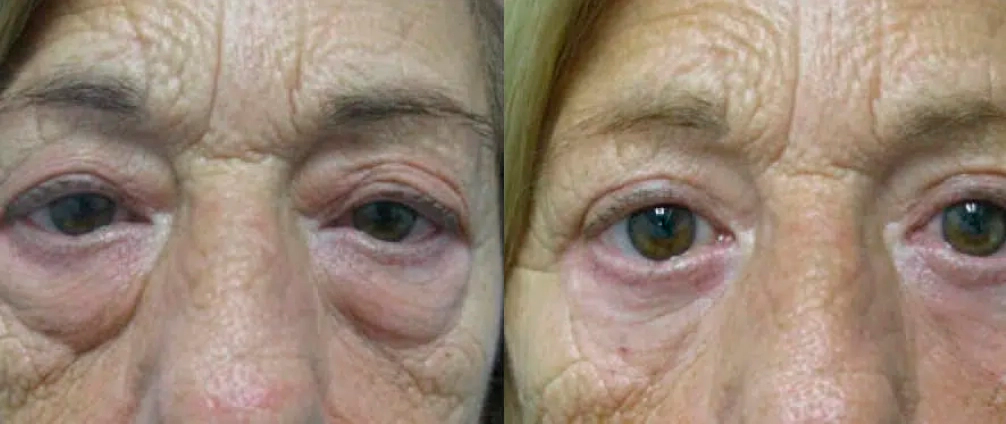
Statistics on Eyelid Surgery Ages
The American Society of Plastic Surgeons reports most blepharoplasty patients are 40 to 54. This occurs when the aging process brings about fine lines and sagging.
Patients over 55 also undergo surgery often, showing it remains effective later in life. While averages exist, timing depends on health and anatomy.
Average Age for Upper and Lower Blepharoplasty
Upper and lower eyelid surgeries address different concerns.
Average age for upper blepharoplasty
Upper eyelid surgery is common between 40 and 60, when drooping eyelids create a heavy look. Some patients opt for an eyelid lift earlier due to a family history.
Average age for lower blepharoplasty
Lower eyelid surgery is frequent at 30 to 50, since under-eye bags appear earlier. Habits like smoking or poor sleep can speed changes in the eye area.
Factors That Influence the Right Age
Several elements shape when surgery is best.
Genetics and family history
Patients with family history of sagging may seek treatment sooner.
Lifestyle and skin health
Sun exposure, smoking, and poor sleep speed up the ageing process. Healthy habits can delay surgery, while unhealthy ones make it necessary earlier.
Visible signs of eyelid aging
Sagging lids, puffiness, fine lines, or vision obstruction are stronger signals than age itself.
Common Motivations for Eyelid Surgery
Patients often pursue this plastic surgery for:
- Improving confidence.
- Reducing heaviness or puffiness.
- Restoring vision blocked by excess eyelid skin.
By weighing motivations with health and anatomy, patients decide when eyelid surgery can improve quality of life.
Modern Trends Influencing Blepharoplasty
More patients now choose surgery at younger ages. Social media, career demands, and wellness culture drive the demand for this cosmetic procedure. Some in their 30s seek preventive results before aging signs deepen.
This shift reflects a move toward preventive as well as corrective care. Patients view surgery not only to fix droopy eyelids but also to maintain a youthful look.
Benefits by Age Group
Younger patients considering surgery
In their 30s, patients may treat hereditary bags early, gaining a rested look and slowing the worsening puffiness.
Middle-aged patients and results
For those in their 40s and 50s, surgery restores youthful balance by reducing drooping eyelids. Many see this as the ideal age for lasting results.
Outcomes for older patients
Patients in their 60s and 70s often improve both vision and appearance. With clearance, they achieve safe outcomes from this surgical procedure.
Recovery After Blepharoplasty at Different Ages
Younger patients may heal in about one week, while middle-aged patients need 10 to 14 days. Older patients often take longer but usually recover well with proper care.
Setting realistic expectations helps all groups. Younger individuals should avoid strenuous activity early, while older patients may require additional support. Following instructions carefully improves recovery.
Risks and Considerations by Age Group
Blepharoplasty has age-related risks. Younger patients risk overtreatment if done too early. Middle-aged patients may see temporary swelling or dry eyes.
Older patients may heal more slowly or face eye conditions linked to age. Surgeons like Dr. Kopelman review health history and anatomy to ensure safety.
Who Is a Good Candidate?
Good candidates are healthy adults with realistic expectations. Age is less important than overall health, skin condition, and fitness for surgery. Careful evaluation ensures safety.
Expert Recommendations on Timing Eyelid Surgery
Dr. Kopelman advises focusing on personal needs instead of waiting for a fixed age. Genetics, lifestyle, and health history all contribute to the decision. Consulting a board-certified surgeon ensures natural and safe results.
With expert guidance, patients can make informed choices about the best time for blepharoplasty. –To explore your options and receive a personalized assessment, schedule a consultation with Dr. Joel Kopelman at Kopelman Aesthetic Surgery today.

